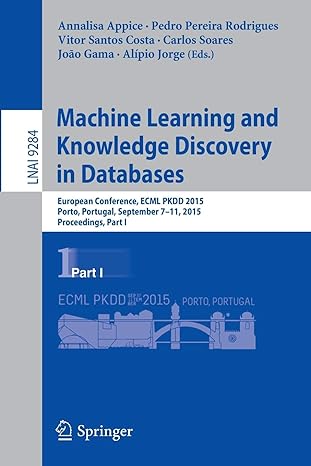Question
Simulate a problem ticket processing scenario. Clients (threads) send problem notifications to a waiting queue (max size 10). Intermediaries (threads) take problems from the queue.
Simulate a problem ticket processing scenario. Clients (threads) send problem notifications to a waiting queue (max size 10). Intermediaries (threads) take problems from the queue. A problem contains a simple text such as the internet is not working. Intermediaries create tickets based on the problems and add them to a second waiting queue(max size 10). A ticket contains the problem description, the timestamp (date when it was created) , severity (LOW, HIGH) and name of the intermediary who created it. Ticketsolvers (threads) take tickets from the second waiting thread and output the message Problem problem description issued at ticket timestamp was solved
In main test the program with 10 clients, each sending 10 problem descriptions, 5 intermediaries and 10 ticketsolvers. Solve the concurrent access to shared resources using objects lock, wait and notify.
Step by Step Solution
There are 3 Steps involved in it
Step: 1

Get Instant Access to Expert-Tailored Solutions
See step-by-step solutions with expert insights and AI powered tools for academic success
Step: 2

Step: 3

Ace Your Homework with AI
Get the answers you need in no time with our AI-driven, step-by-step assistance
Get Started


